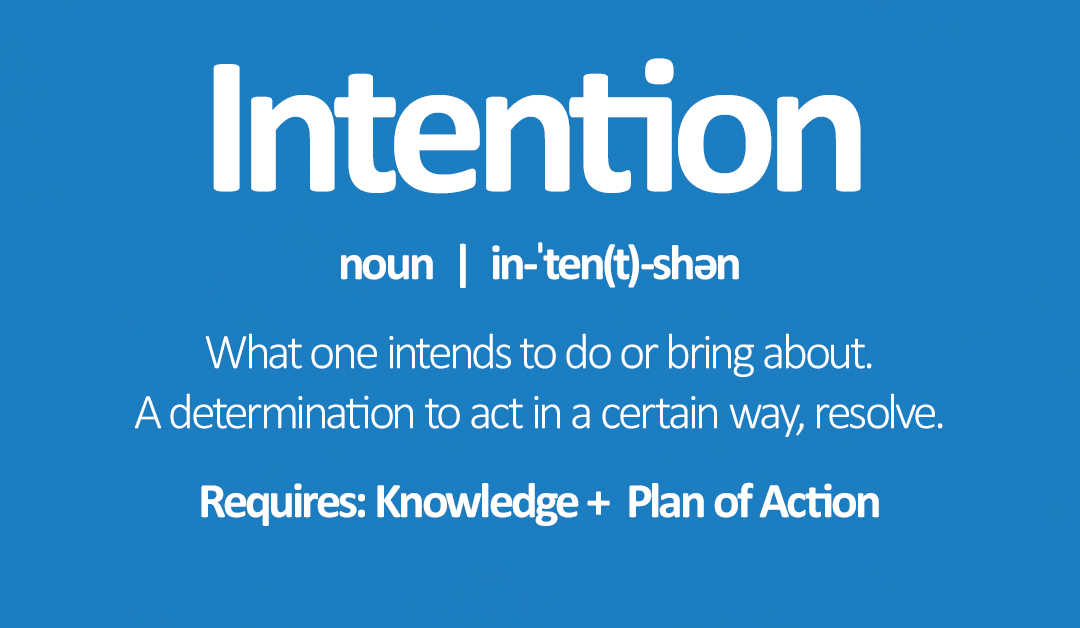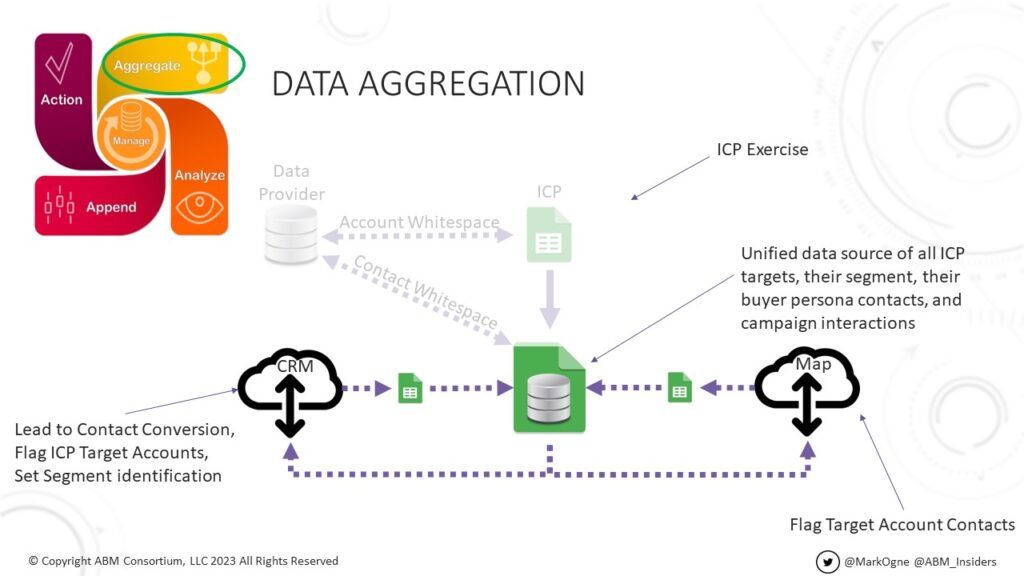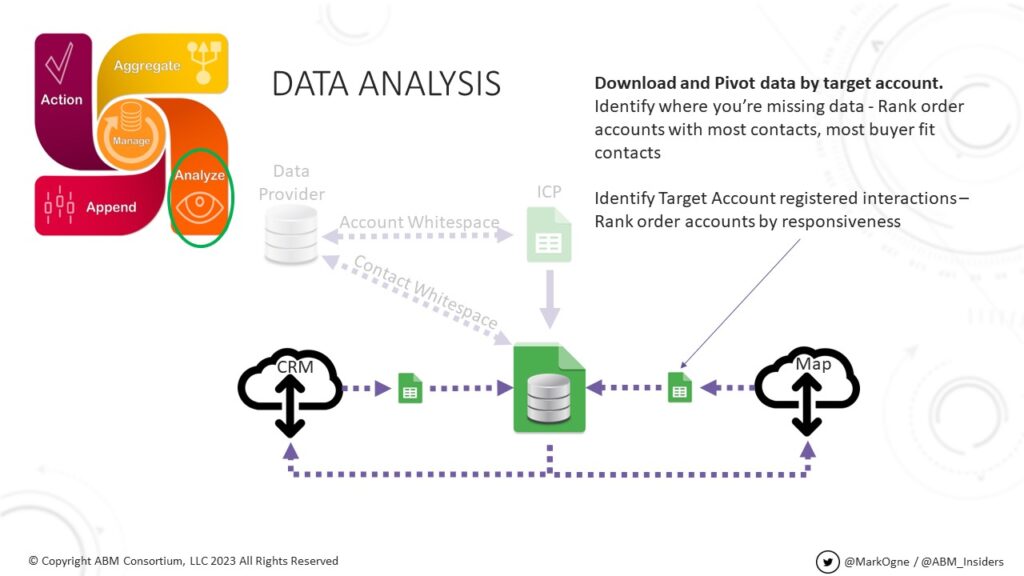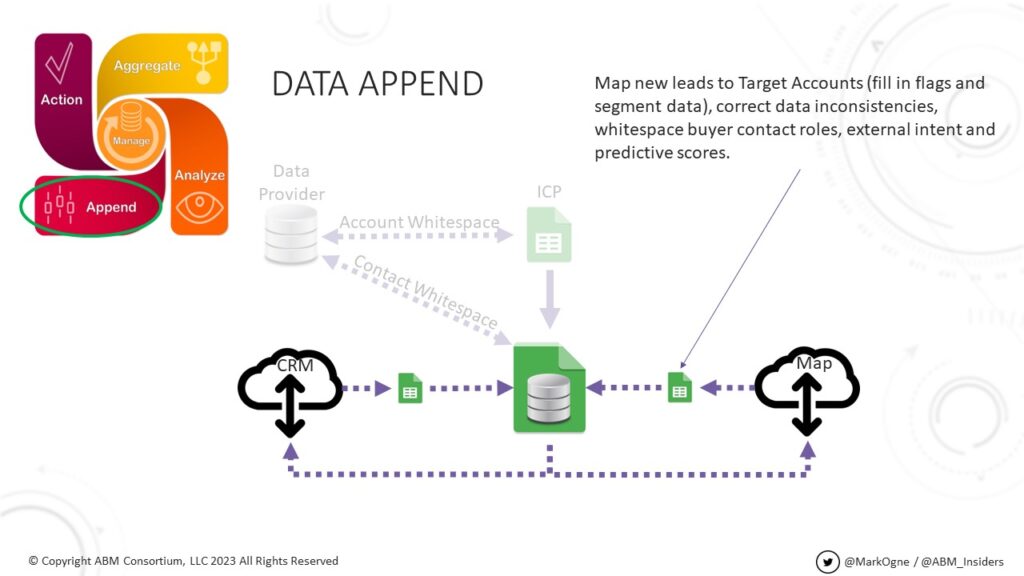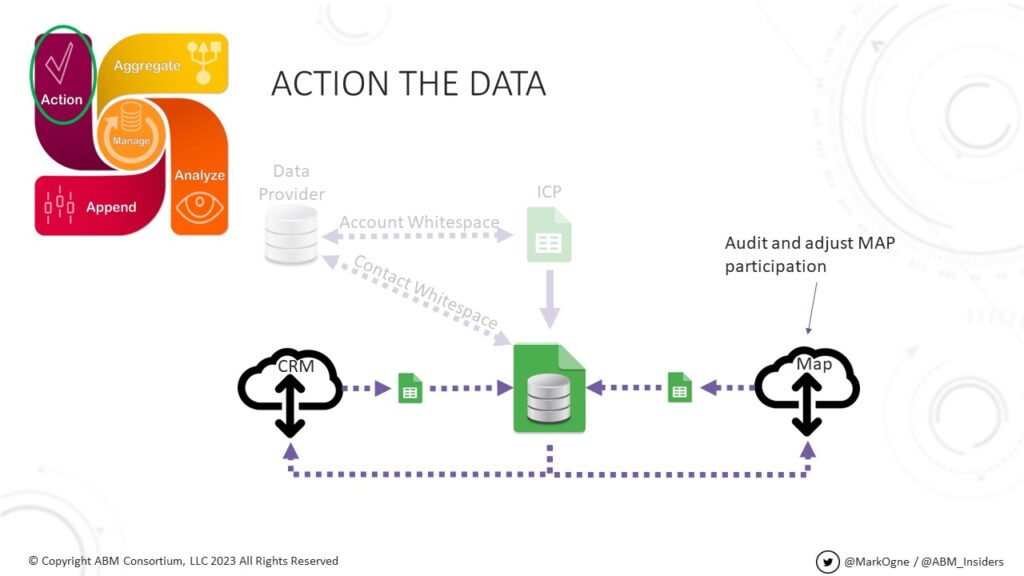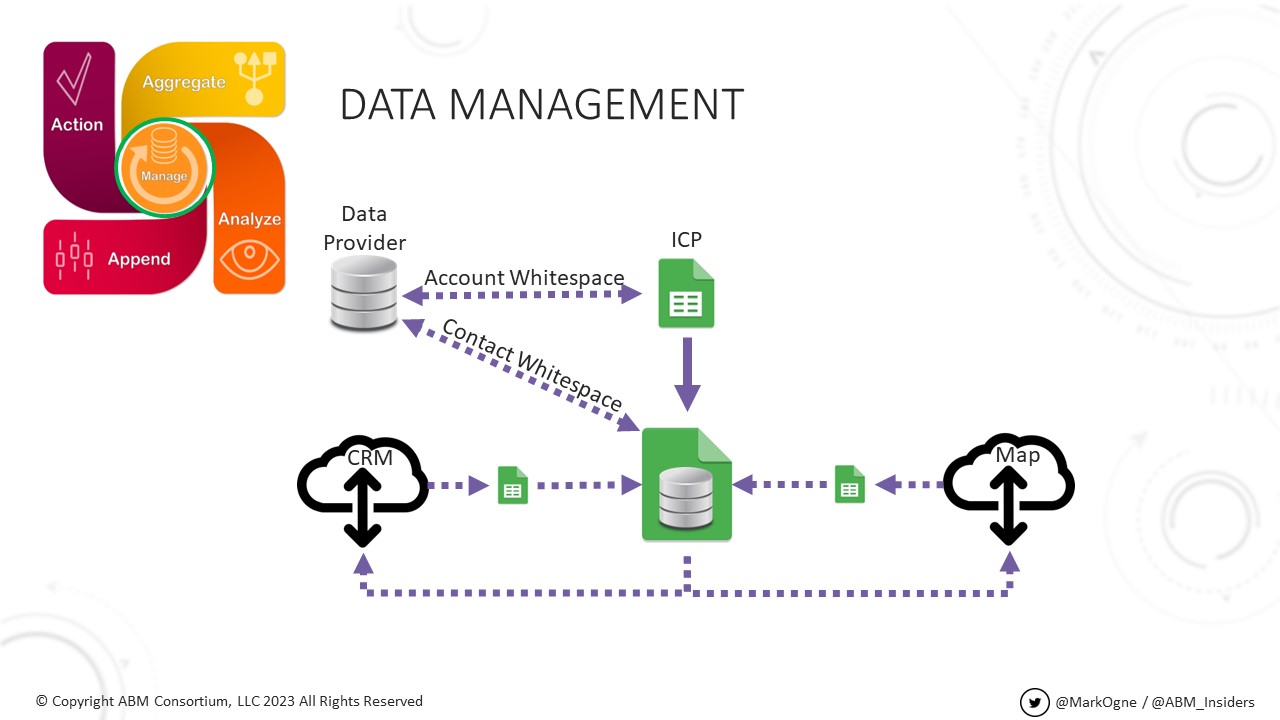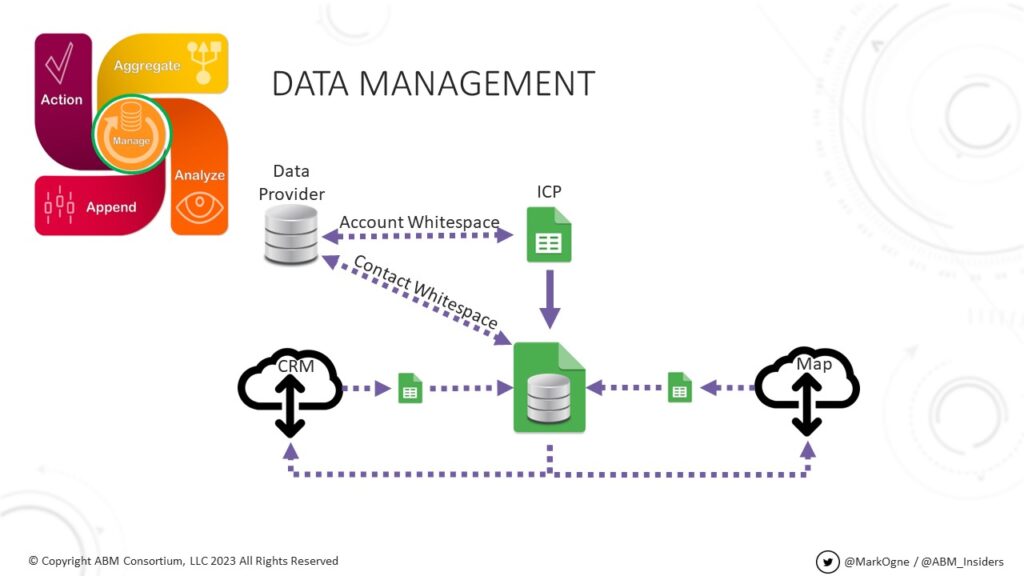While more Intent Data is better than less, if the objective is to decipher how and when to invest sales and marketing resources, Intent Data alone is a poor proxy for making this decision.
The first step in our deep dive is to examine the ambiguity of “Intention” in Intent Data.
In the vast landscape of B2B marketing tools, Intent Data has been heralded as a game-changer. But as we’ve previously discussed, its name might be somewhat misleading. The term suggests a clear window into a prospect’s future actions, yet the reality is more nuanced. Let’s delve deeper into the inherent ambiguity of “intention” within the context of Intent Data.
The Misconception of the Term – The term “Intent Data” can be a double-edged sword. On the one hand, it’s catchy and intriguing. On the other, it can set unrealistic expectations. Recognizing this distinction is crucial for marketers. It’s not about dismissing the value of Intent Data but understanding its scope and limitations.
The Role of Predictive Analytics – The integration of Predictive Analytics is paramount to transforming the insights from Intent Data into actionable strategies. Predictive Analytics employs algorithms and statistical techniques to forecast the likelihood of future outcomes based on historical data. When combined with the behavioral patterns revealed by Intent Data, a more holistic and actionable view of consumer intention emerges.
Historical Insights vs. Predictive Power – Intent Data primarily offers a historical perspective, highlighting past topics or products that have garnered a prospect’s attention. This retrospective lens, while valuable, doesn’t inherently provide a roadmap to future actions. It’s analogous to a historian analyzing past events to predict future societal trends; while patterns and tendencies can be identified, they don’t guarantee future outcomes.
RED PILL ALERT –
What You Should Do With This New Information
While Intent Data provides a piece of the puzzle, we can call Account Intelligence, viewing it as part of a broader strategy is essential. Relying solely on it can lead to missed opportunities or misaligned strategies. Marketers can create a more comprehensive and effective strategy by integrating it with other tools and approaches.
By understanding its retrospective nature and integrating it with tools like Predictive Analytics and signals of first-party data, marketers can fill in the gaps causing ambiguity of buyer “intention” and harness the true potential of Intent Data.

Let’s first examine a few examples:
- What would you do if your Intent Data provider doesn’t have a signal for one of your top target accounts, yet a particular buying center in a large US city keeps visiting your website to download whitepapers and attend webinars on a specific topic?
- What would you do if your Intent Data provider told you that a top account is interested in one of your topics, but they’re already a customer? Would you even know this?
- What would you do if your intent Data provider told you that a top target account was interested in a different topic than the opportunity your sales team is about to close? Would you even know this?

